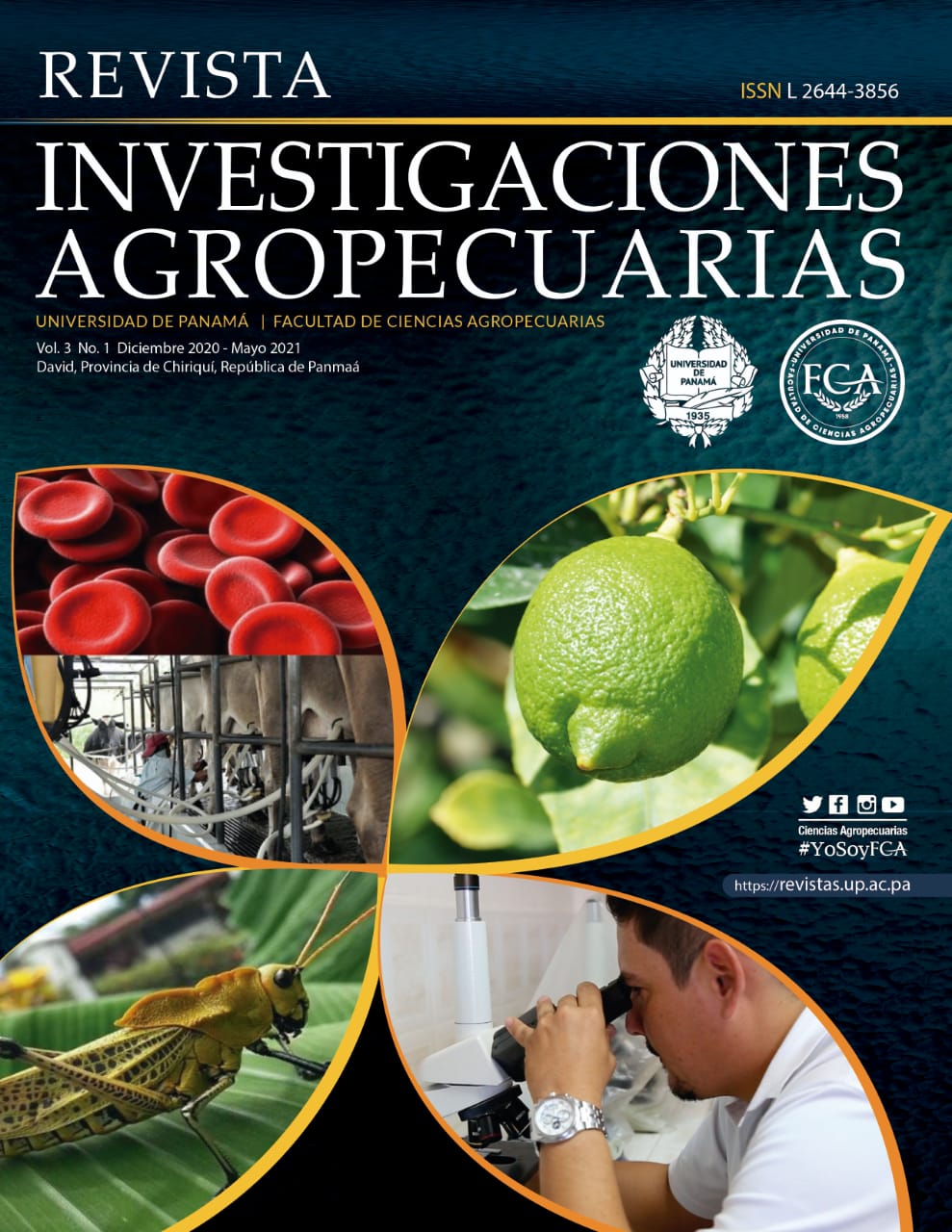

Periodic milk (TD) records (265,080) were obtained from pure Holstein cows crossed with Brown Swiss or Jersey from two herds in the Chiriquí dairy basin between 1996 and 2016. Initially, a mixed linear model was applied to know the factors that affect milk production and plot response curves along the lactation path and number of deliveries. Subsequently, a longitudinal repeatability model (REP) and a random regression model (RA) were applied. The effects included in the models were highly significant (p <0.0001). The lactation curve presented a typical behavior, with the peak between 50 to 60 days post-partum and a higher productivity of Jersey crosses compared to Brown Swiss. The values of third lactation onwards did not show differences between them, with levels higher than the first two. The repeatability estimates according to the REP model were 0.577 ± 0.02; 0.675 ± 0.02 and 0.628 ± 0.01 for the crossbred animals of Brown Swiss, Jersey and pure Holstein respectively. According to the RA model, the estimates were lower and showed that there is heterogeneity in their behavior throughout lactation. The correlations between the TDs at different points of lactation showed that the control day models can be biased by assuming that the correlations are equal to unity. The work carried out showed some advantages that the use of crossbreeding can provide to increase the productive levels of dairy cattle in the studied region.